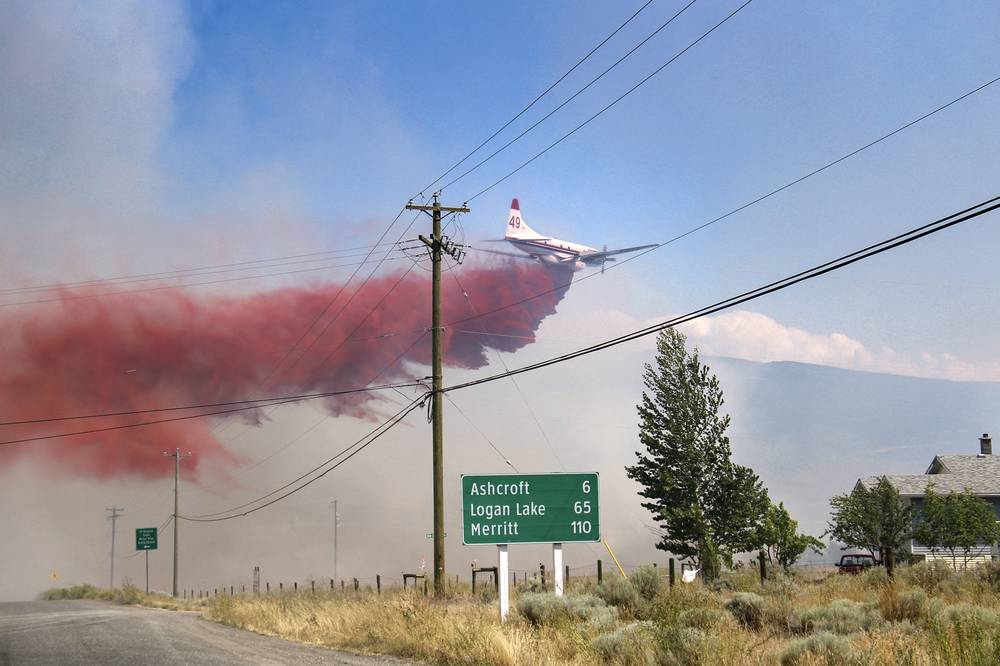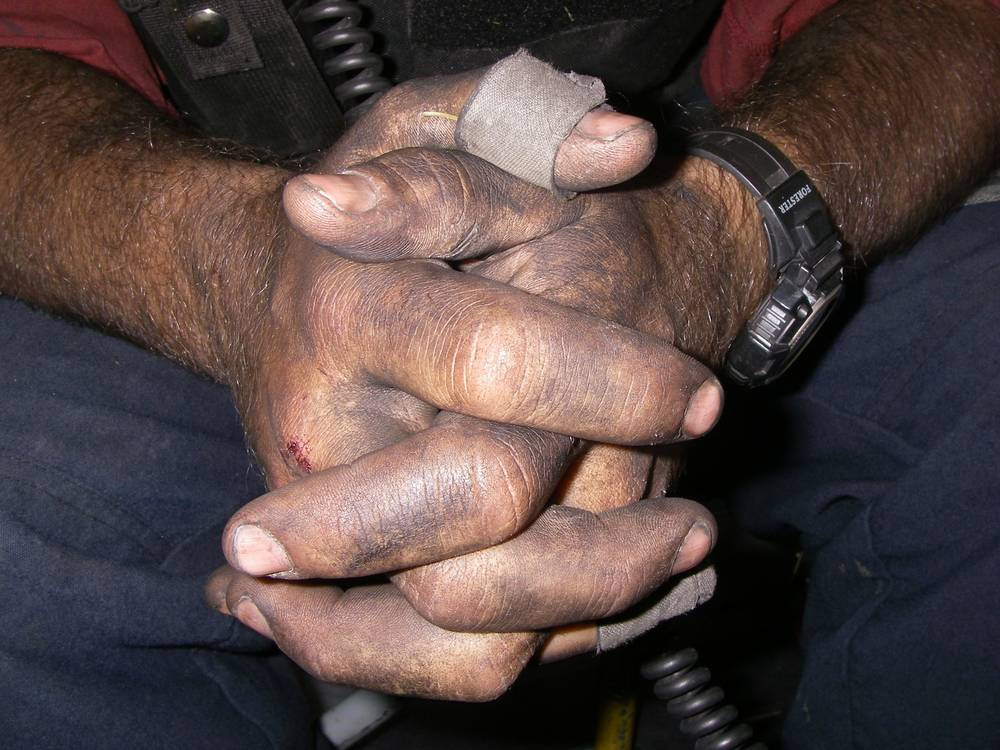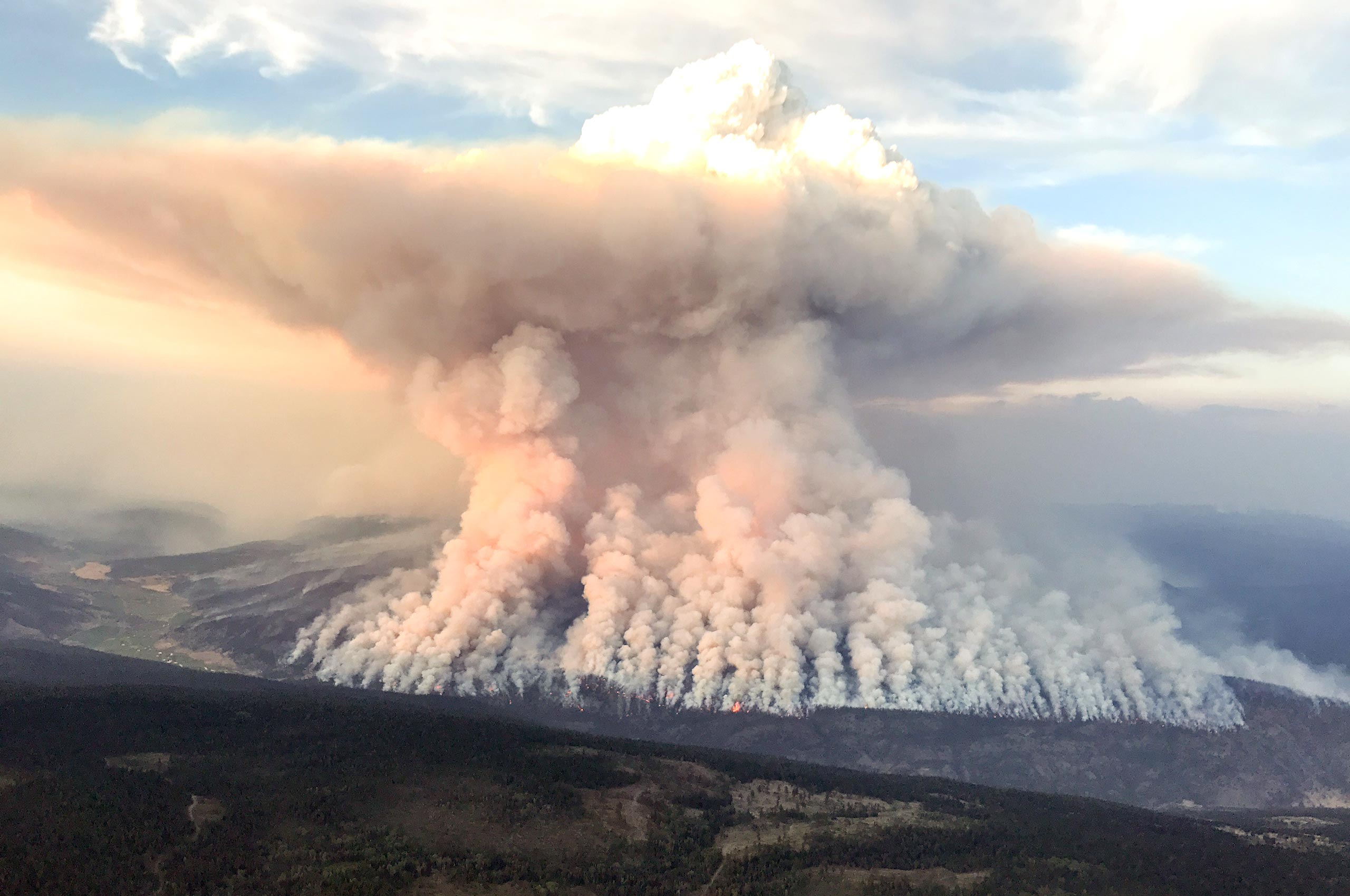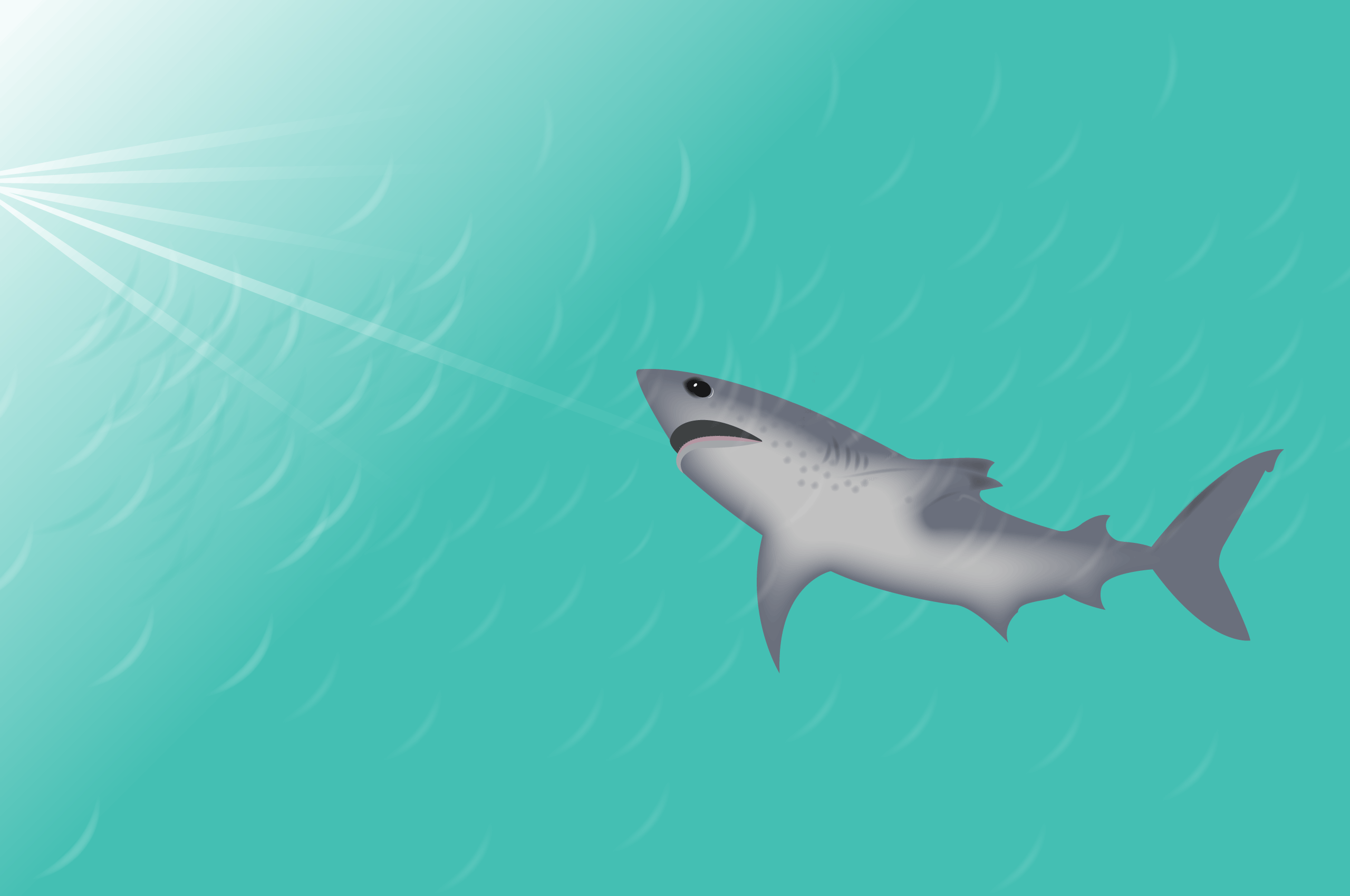It’s 10pm on Canada Day, in the small community of Harrison Hot Springs. Vic Upshaw’s unit crew of 20 firefighters gets called in to fight a nearby fire that has already consumed several hectares. An initial attack team had assessed the fire and asked for help. Upshaw knows a fire of that size would take some time to put out. So the firefighters travel with their tents, camp within a kilometre of the flames, get bitten by mosquitoes, and wake up early to spend as much time as possible on fighting what would become known as the Harrison Lake fire.
Worst Fire Season on Record
According to the BC Wildfire Service, the summer of 2017 was the worst fire season on record. The total area of burned forest was more than 1.2 million hectares, which is almost 10 times more than the annual average for the past decade, covering an area more than twice the size of Prince Edward Island. It is estimated that the fires displaced over 65,000 people and many lost their homes and possessions.
Several factors played a role in the severity of this fire season. Kelsey Copes-Gerbitz, a PhD student at UBC, studies ecological and cultural components of forest fires. She says the winter of 2016–2017 was extraordinarily wet, which led to higher amounts of ground vegetation that later dried out and became fuel for the fires. She adds, “On July 7, which was the day that most of those fires started… a dry lightning storm went through the Interior, and that started upwards of 130 new fires in a two-hour period. To react to something like that…. Where do you even begin?” Ryan Turcot, information officer at the BC Wildfire Service, says over 4,700 firefighters and other specialists—from fire-cause investigators to air tank officers—were deployed to fight the BC wildfires in the 2017 season, which is almost three times the average number of workers brought to service during previous fire seasons. Despite the challenges and danger, they managed to handle the situation effectively; there were no fatalities among the local residents or the fire crews.
The Challenges
The Harrison Lake fire posed problems for the firefighters because of the steep terrain. Upshaw says when the slope turns into cliffs, the fire gets inaccessible from the ground, which means the crews can’t directly attack it. Instead, they used air support, such as helicopters and air tankers but, as Upshaw says, those methods don’t put out fires. What they can do is lower the fire intensity and slow down the rate of spread, which can buy firefighters some time to build bulldozer guards and connect them to natural fire breaks, like lakes or ponds. This strategy helps prevent the fire from spreading, so it’s easier to work toward extinguishing it. That is what Upshaw’s crew did on the Harrison Lake fire, along with monitoring it 24 hours a day.

Fire Triangle
In the wildfire industry, the term “fire triangle” is widely used to describe the three components needed to start a fire: fuel, heat, and oxygen. The best tool against fires has always been water; it removes all the parts of the triangle by wetting down the fuel, reducing the temperature, and eliminating oxygen. Getting water to the fires is one of the biggest challenges firefighters face. Upshaw explains how the Harrison Lake fire was tackled: “There was a whole lake at the bottom in the valley; it’s a massive lake. There’s tons of water. The challenge is that the water is at the bottom, and the fire is at the top of the hill. We have different tools for that. Primarily we use pumps and hoses. We configure them in different ways to carry the water from the lake up along the mountain to the top. It is a challenge because water is very heavy.”
Like their counterparts who work in cities, forest firefighters have access to water trucks and fire hydrants. Wildland and urban (structural) firefighters cooperate closely, for example, in the case of “interface” fires, when flames spread from buildings to the woods and vice versa. To safely contain a blaze inside a building, proper protective equipment is needed, and that’s where structural firefighters can offer their support. Upshaw notes, “Everything burns by the way, even metal.” Teamwork is essential when it comes to emergency response, especially when the forest is burning on the border with communities and urgency is rising.
The key to fighting rapidly spreading wildfires is to get to them while they are still small. Nigel Burrows, senior protection officer with the BC Wildfire Service, explains how firefighters know when a fire becomes uncontrollable: “When it’s not one or two trees at a time, but it’s actively burning as a wall of flame going through the tops of the trees, it begins to propagate. So, sparks or even just radiant heat cause the next tree to catch fire and so on…. When you have a wall of fire, or a crown fire, that’s not controllable.” He notes that in 2017 some of the fires in the Cariboo grew more than 20 kilometres in a day. All firefighters can do in the case of such uncontrollable crown fires is try to lower the intensity by deploying air tankers, and applying retardant around nearby structures to keep the residents safe and reduce property damage.
Rugged Terrain
The steep and rugged terrain of BC makes many fires inaccessible from the ground. In this case, the BC Wildfire Service would deploy “rapattack” crews, firefighters who rappel from helicopters to directly fight the fires in remote locations. Jeremy Neufeld, a fire crew supervisor with the BC Wildfire Service’s rapattack program describes his schedule, “We don’t often know the next day what we’re going to do. We can get a call late at night saying, ‘Hey, you got a mission tomorrow.’ If I haven’t got a call, one of the first things I do is I fly around in a helicopter (I don’t pilot it, but I travel in a helicopter) to check everything and make sure all of our equipment is there, that it is good to go; the crews’ bags are loaded, so when we do get the call, all we do is load up and go.” He says there are hazards associated with most of the things they do, but the greatest focus is required when the crews rappel down to the fire and the pilot is holding the helicopter in a hover position while making sure that the rotors are not hitting the trees.
The People
Firefighting is a very physically and emotionally demanding job. Long hours, tough conditions, and unpredictability of the fires can come as a shock to someone who is unprepared. Getting up before sunrise, being away from family for weeks, and performing gruelling physical work are just a few challenges forest firefighters face.
How do they manage to do their job well? And what makes them choose it in the first place? “Maybe we just enjoy punishing ourselves,” says Upshaw, “but it’s fun. It’s enjoyable in a sense that it feels good to get out and work outside. We do a lot of preparation and training. We don’t start just the day the fire happens; we start in spring, and we make fitness part of every day.” Upshaw says he does this job because of the firefighting family that he has been with for over 20 years. He adds, “The reason why we can do that is because there’s trust; there’s support; we’re not alone. Even when you have some heavy lifting to do, whatever that is, if you’re struggling on your own, in this business you don’t even really have to ask [for help].”

The support firefighters give to each other goes beyond just one crew. It surpasses provincial and sometimes even national borders. It’s common practice in the wildfire industry to share resources when needed. Last summer, firefighters from as far as New Zealand and Australia came to BC to help the local crews. Upshaw recalls, “An interesting thing that I’ve discovered over the years is that although these different organizations have different uniforms, maybe a different language or a few things that are just slightly different… these are the same people I work with every day; they are just from another country. [Firefighting] attracts a certain type of person; those traits are pretty universal and it’s just awesome.” Neufeld mentions an agreement between BC and Alaska to share firefighting resources. He has been to Alaska twice and says that travelling to help local crews is one of the most beneficial and rewarding experiences a firefighter can have.
The summer of 2017 took a toll on BC residents, forcing thousands to flee from the fires and millions to breathe in the dense smoke and live without the sun for over a month. But, with the help of incredibly hard-working people who are ready any time of day or night to protect communities from fires, we can sleep tight. Upshaw finishes the story about the Harrison Lake fire on a positive note: “Fortunately, it cooperated, and the rains and snow came. We did an infrared scan of it several times, made sure we knew exactly where the hot spots were, and ultimately the fire’s out. We’ve been monitoring it this whole time. The last few times we checked on it, we didn’t find any heat—we felt comfortable that the fire was extinguished, and we called it out.”











